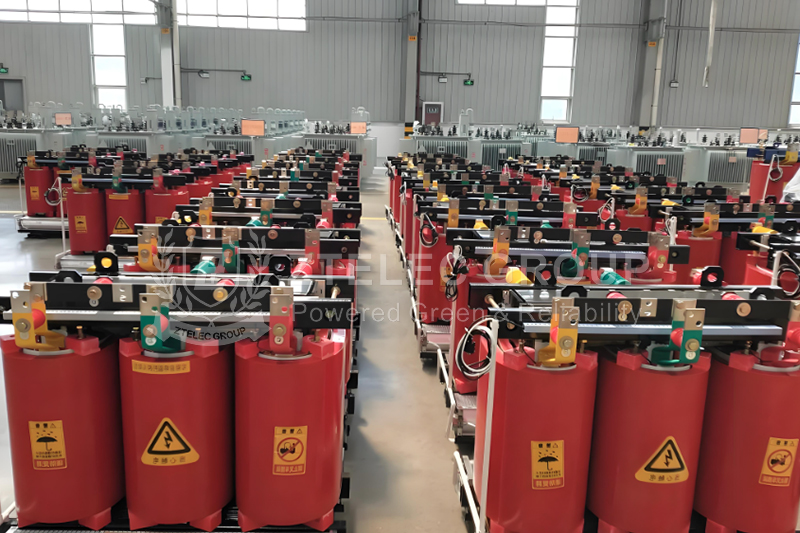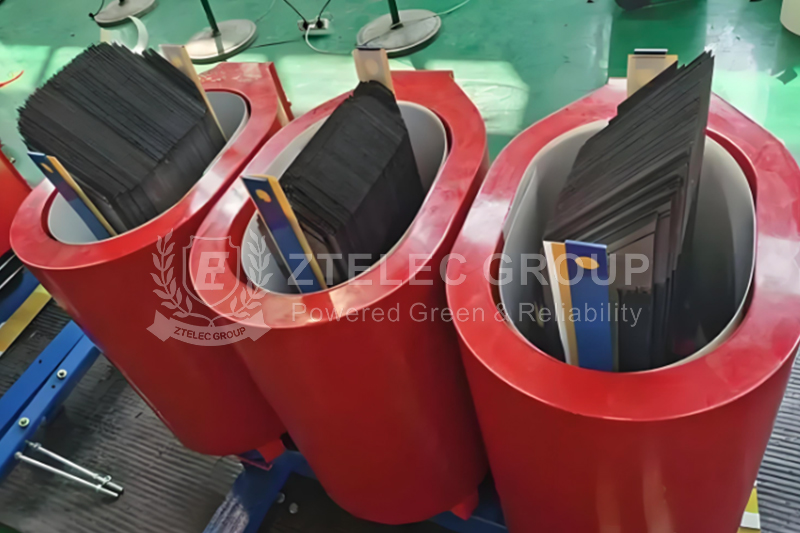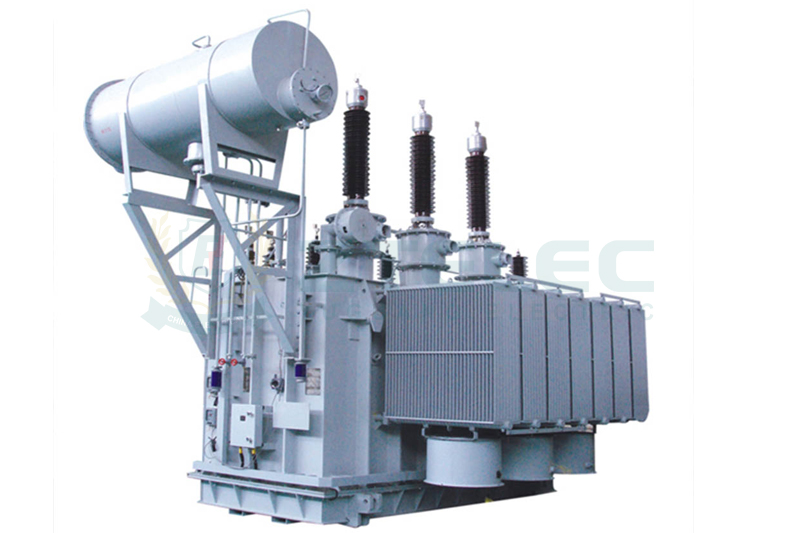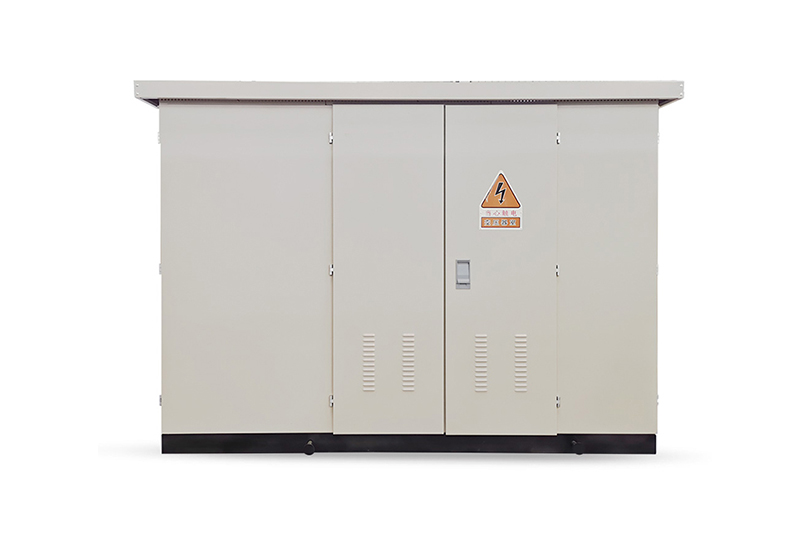Dry-Type Transformer Support Structure: Enhanced Stability & Durability
Time:2025-05-24 Auther:ZTelec-www.ztelectransformer.com
Dry-type transformers are a key component in modern power transmission systems. Thanks to their oil-free, fire-resistant, and explosion-proof properties, they are widely used in urban power grids, commercial complexes, and high-rise buildings. Among their critical internal components, the support structure assembly plays a decisive role in maintaining performance and reliability.

Structural Composition
The dry-type transformer support structure is composed of multiple modular components, each featuring a cylindrical support bar and several pads. These pads are arranged around the coil circumference to firmly clamp it in place, ensuring mechanical stability.
Each pad includes a circular through-hole at the inner diameter, precisely aligned with the cylindrical bar for tight installation. To boost thermal performance, the pads incorporate radial heat dissipation grooves—some fully penetrating, others partial—allowing increased air contact and faster heat exchange.
Key Technical Features
1. Reduced Contact Area: The support bar only contacts the coil along a straight line, minimizing blockage of the coil surface. This increases exposed surface area for heat dissipation compared to traditional support structures.
2. Enhanced Heat Dissipation: Heat dissipation grooves on the pad enable efficient thermal transfer from the coil to the surrounding air. Testing shows this configuration lowers operating temperatures and reduces overheating risks.
3. Improved Mechanical Stability: Through precise fitment via circular holes, the support bar and pads form a robust structure capable of withstanding electromagnetic forces and vibrations. Uniform stress distribution prevents stress concentration and improves structural durability.
4. Modular Design: Each support bar assembly is an independent module. This allows flexible installation, fast replacement of faulty units, and simplified maintenance without dismantling the entire transformer. It also supports mass production, lowering manufacturing and service costs.
Application Advantages
Boosted Transformer Performance: By enhancing both thermal and mechanical properties, the support structure helps dry-type transformers operate efficiently under complex conditions. Improved cooling and structural stability ensure optimal performance for modern electrical demands.
Extended Service Life: Lower operating temperatures significantly reduce thermal stress on insulation materials, delaying aging and extending transformer lifespan. This translates into fewer replacements and long-term reliability.
Reduced Operation & Maintenance Costs: Thanks to its modular nature, the transformer is easier and faster to service. Maintenance personnel can isolate and fix issues quickly, minimizing downtime and labor costs, while improving overall operational efficiency.
The optimized support bar structure in dry-type transformers not only strengthens mechanical integrity but also improves cooling and simplifies maintenance. These advantages make it an essential design feature for reliable and cost-effective power distribution in modern infrastructure.





